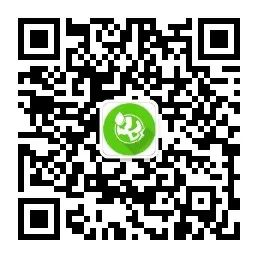On 22 March 2022, the National Development and Reform Commission (NDRC) and the National Energy Administration (NEA) issued the “14th Five-Year Plan for a Modern Energy System” (FYP; 2021-2025), which emphasizes ensuring energy security and accelerating the green and low-carbon energy transition.
Some major targets for 2025 (versus year-end 2020):
- decrease of CO2 emissions per GDP by 18% and decrease of energy consumption per unit of GDP by 13.5%,
- increase of the proportion of non-fossil fuels to 20% of energy consumption and to 39% of power generation,
- increase of total energy production from 4.08 to 4.6 billion tons of standard coal equivalent,
- maintaining steady oil production from its 2021 level of 200 million tons/year,
- increasing natural gas production to 230 billion cubic meters, a rise of 11% from 2021 levels,
- increasing installed power generation capacity to 3,000 GW, compared to around 2,200 GW in 2020, and
- for the first time, the plan sets targets for demand flexibility of 3-5% of the maximum power load.

In general, the plan reflects the orders of President XI and the content of several top-level policy documents, including the 2021 14th Five-Year Plan outline, the “1+N” policy documents, and the country’s nationally determined contributions (NDC).
The plan states the determination of China to pursue a non-fossil fuel-dominated paradigm for its energy system in the long term. Despite the plan’s emphasis on energy security concerns, the plan highlights the Paris climate agreement, the net-zero targets of over 130 countries, and positions China’s 2030 and 2060 pledges and non-fossil energy transition as a part of this global trend. The plan also mentions the global trend of the energy system towards decentralization and the shift away from centralized energy bases and large networks—even as China builds out the biggest energy bases and transmission lines in the world. While the document loosens some language around coal (the country will no longer strictly control coal power capacity, and the document mentions clean and efficient utilization of coal several times), it is encouraging that the high-level paradigm remains focused on the clean energy transition and the global context in which it takes place.
Further information (CHN)
